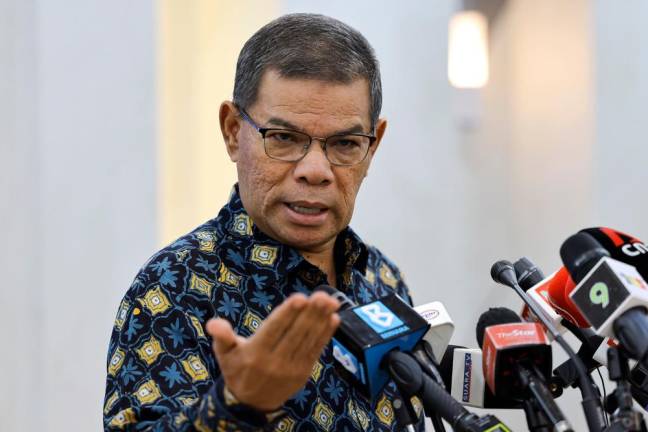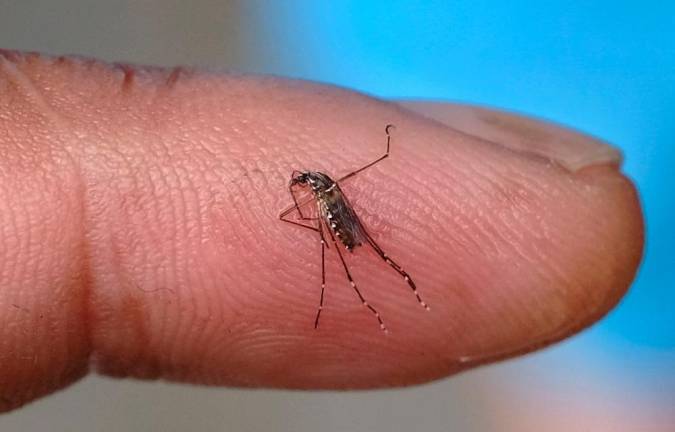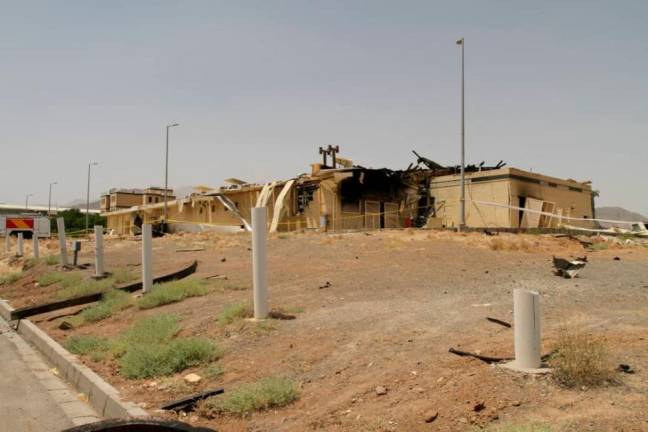PUTRAJAYA: The Total Fertility Rate (TFR) of women of reproductive age in Malaysia has declined to 1.7 babies in 2020 as compared to 1.8 babies in 2019, according to Vital Statistics, Malaysia, 2021 report released today.
“The 2020 fertility rate was the lowest in four decades with 4.9 children per woman in 1970. Malaysia’s fertility rate was below the replacement level of 2.1 babies since 2013,” Chief Statistician Datuk Seri Dr Mohd Uzir Mahidin said in a statement in response to the report.
The report contains birth and death statistics by demographic characteristics at the national, state and administrative districts in 2020.
Based on the Principles and Recommendations for A Vital Statistics (Revision 3), United Nations Statistics Division (2014) manual, the replacement level of 2.1 babies is the average number of children a woman would need to give birth by bearing a daughter who survives to childbearing age.
At the state level, Mohd Uzir said all states recorded TFR below the replacement level except three states namely Terengganu (2.9 babies), Putrajaya (2.8 babies) and Kelantan (2.7 babies).
Mohd Uzir said the trend of declining fertility rates in Malaysia was in tandem with other developed countries such as Australia (1.7 babies), the United Kingdom (1.7 babies), the United States (1.7 babies), New Zealand (1.6 babies), Japan (1.4 babies) and the South Korea (0.9 babies).
Meanwhile, he said the number of live births was 470,195 in 2020, a decrease of 3.6 percent as compared to 487,957 in 2019.
“This was the lowest live births over a decade. More males newborn than females with 243,617 and 226,578 respectively,” he said.
He said the decline in the number of live births had contributed to the decline in the Crude Birth Rate (CBR) from 15.0 births in 2019 to 14.4 per thousand population in 2020.
“This declining trend in births was contributed by the increase in women’s level of education and the increase in women’s participation in the labour force,” he said.
Factors such as the increase in the average age of first marriage, urbanisation, lifestyle changes, economic status and increased use of family planning methods also contributed to the declining trend of births, he said.
The average age of a mother at first live birth rose 0.1 years from 27.9 years in 2019 to 28.0 years in 2020, he said.
Terengganu recorded the highest rate at 21.6 births per thousand population in 2020 while Penang recorded the lowest rate at 11.1 births.
The highest CBR in 2020 was recorded by the district of Kuala Terengganu, Terengganu with 26.9 births per thousand population, while Kinabatangan, Sabah recorded the lowest rate of 3.7 births.
Meanwhile, Mohd Uzir said the number of deaths recorded in Malaysia in 2020 was 166,507 deaths, a decrease of 4.2 per cent as compared to 173,746 deaths in 2019.
The Crude Death Rate (CDR) continued to decrease from 5.3 in 2019 to 5.1 deaths per thousand population in 2020, he said.
Mohd Uzir said based on the CBR and CDR in Malaysia, an average of 14.4 people born and 5.1 people died per thousand population in 2020 with a ratio of 2.8 births per one death.
Looking at the last ten years, he said for every thousand population on average 17.2 people were born and 4.6 people died with a ratio of 3.7 births per one death. — Bernama













